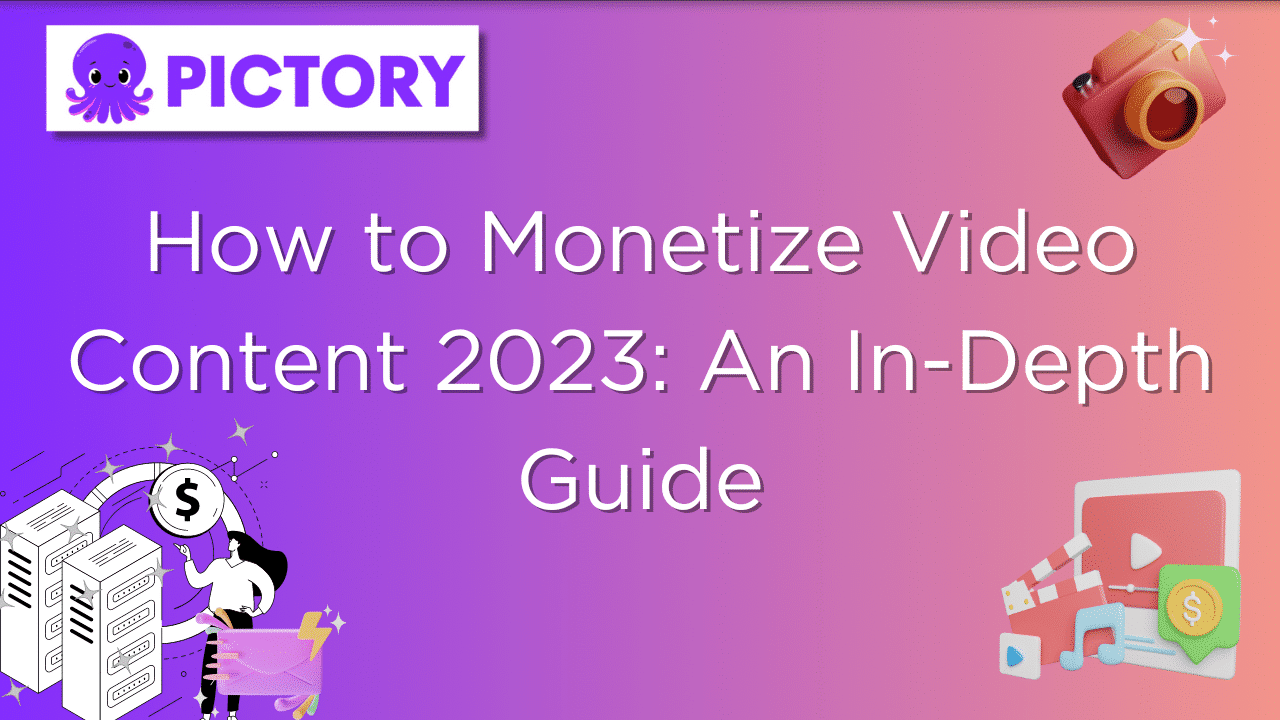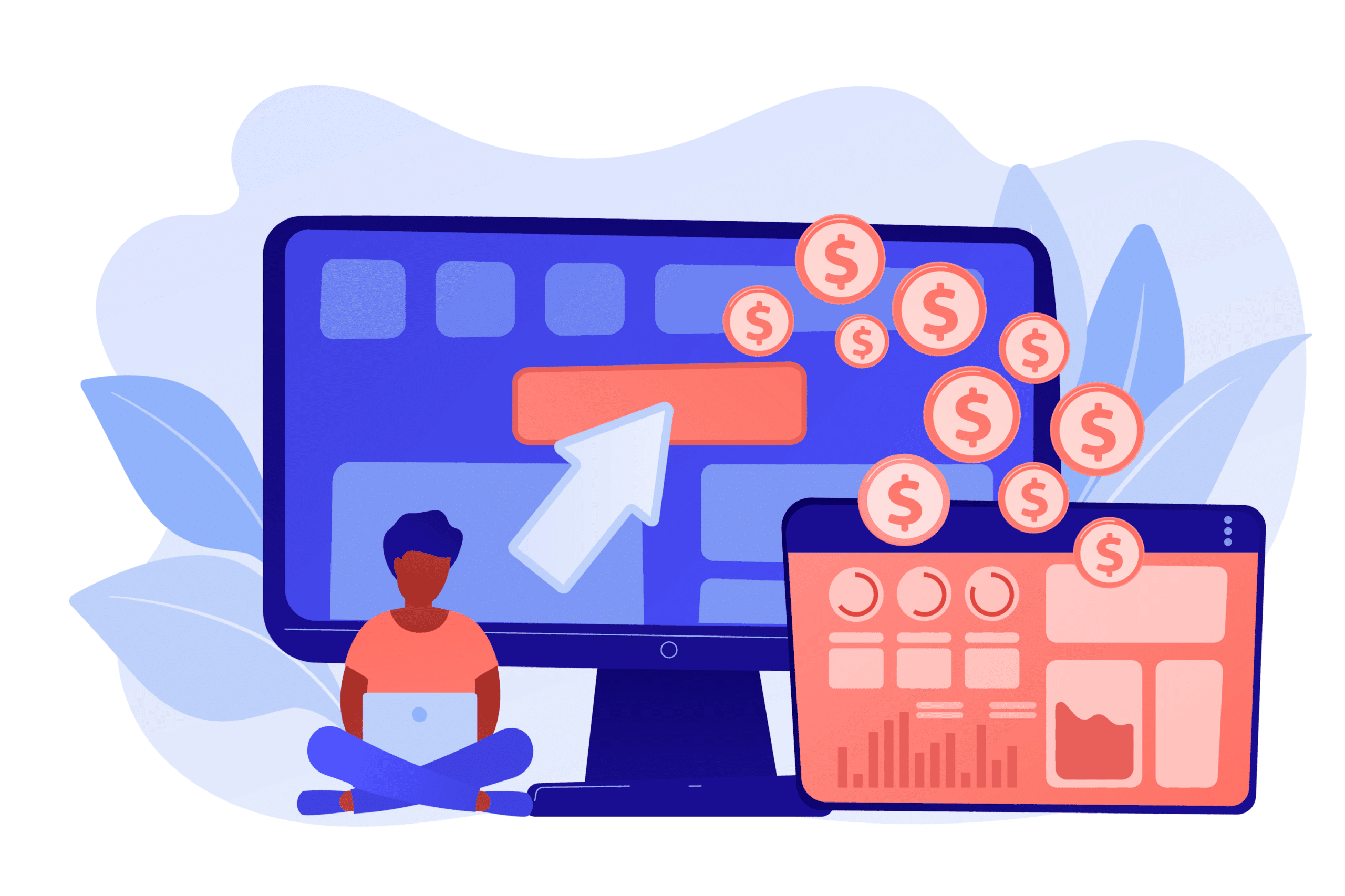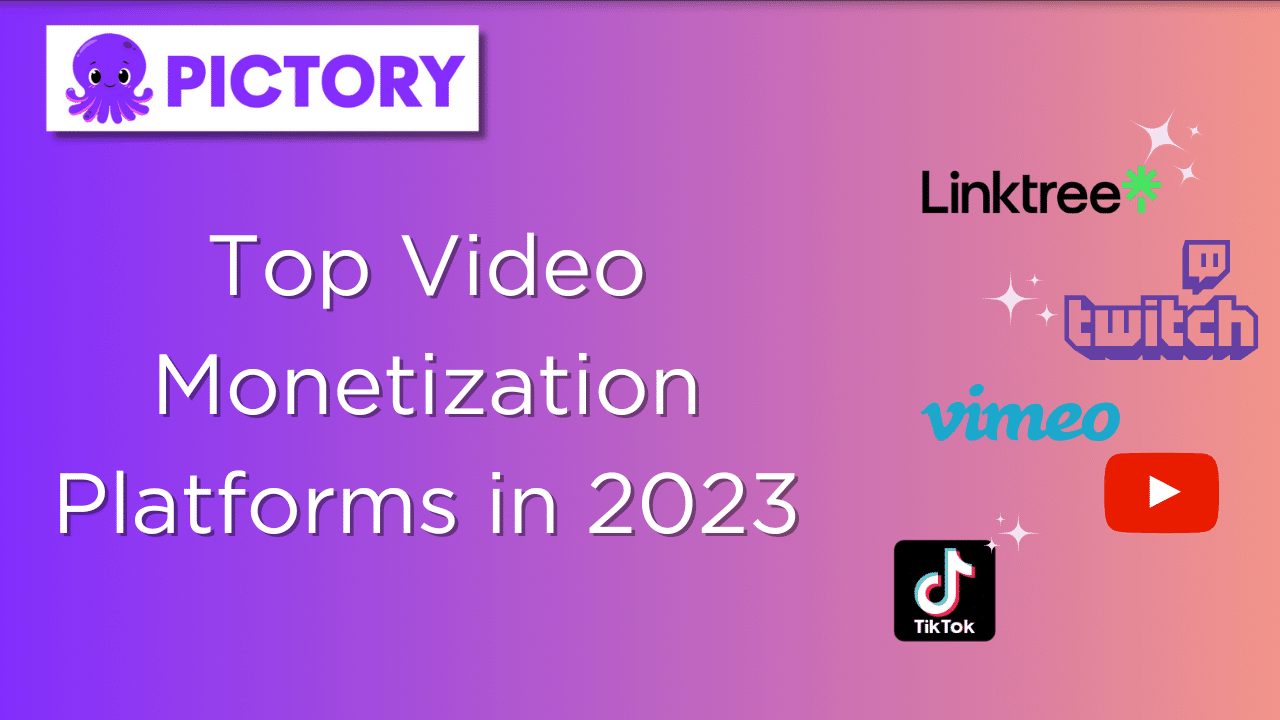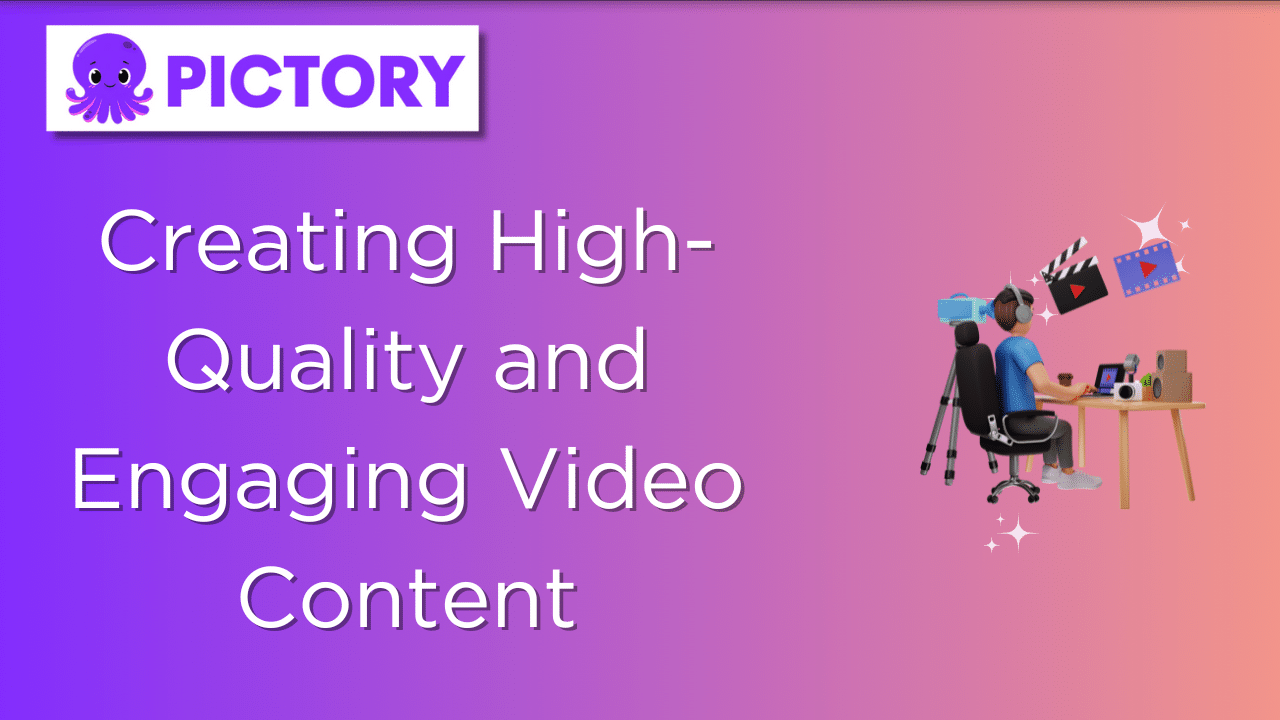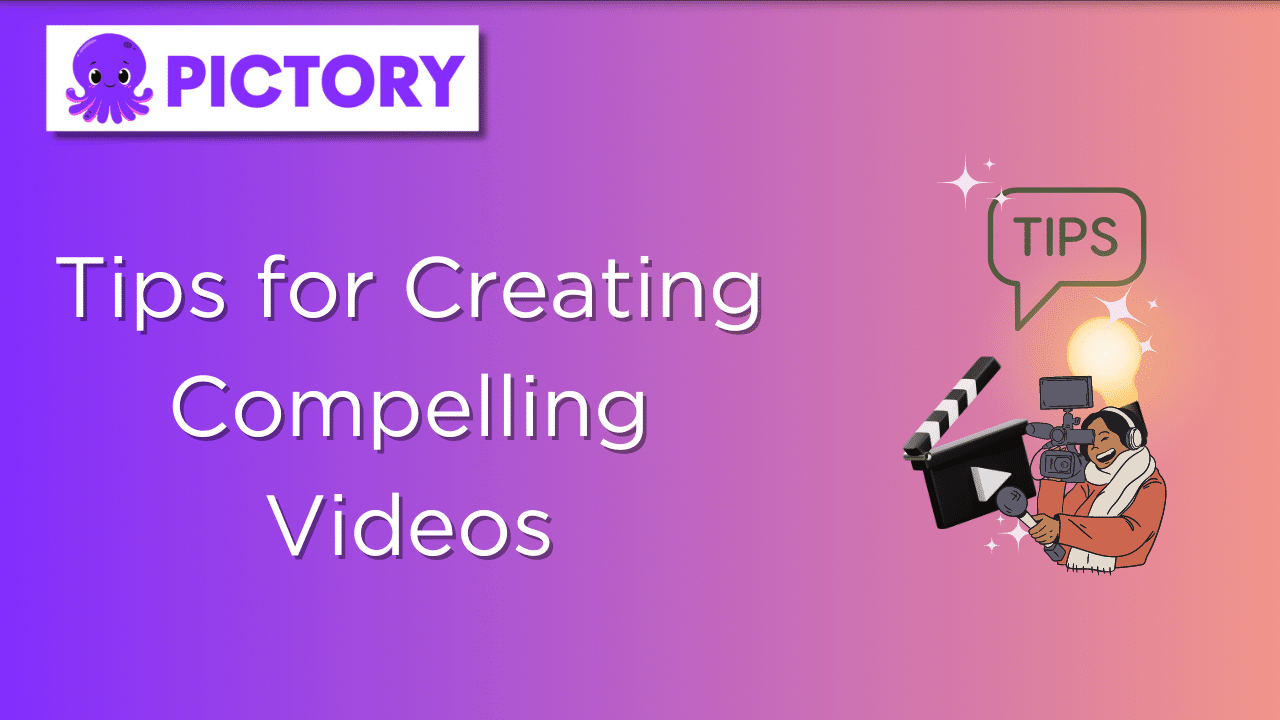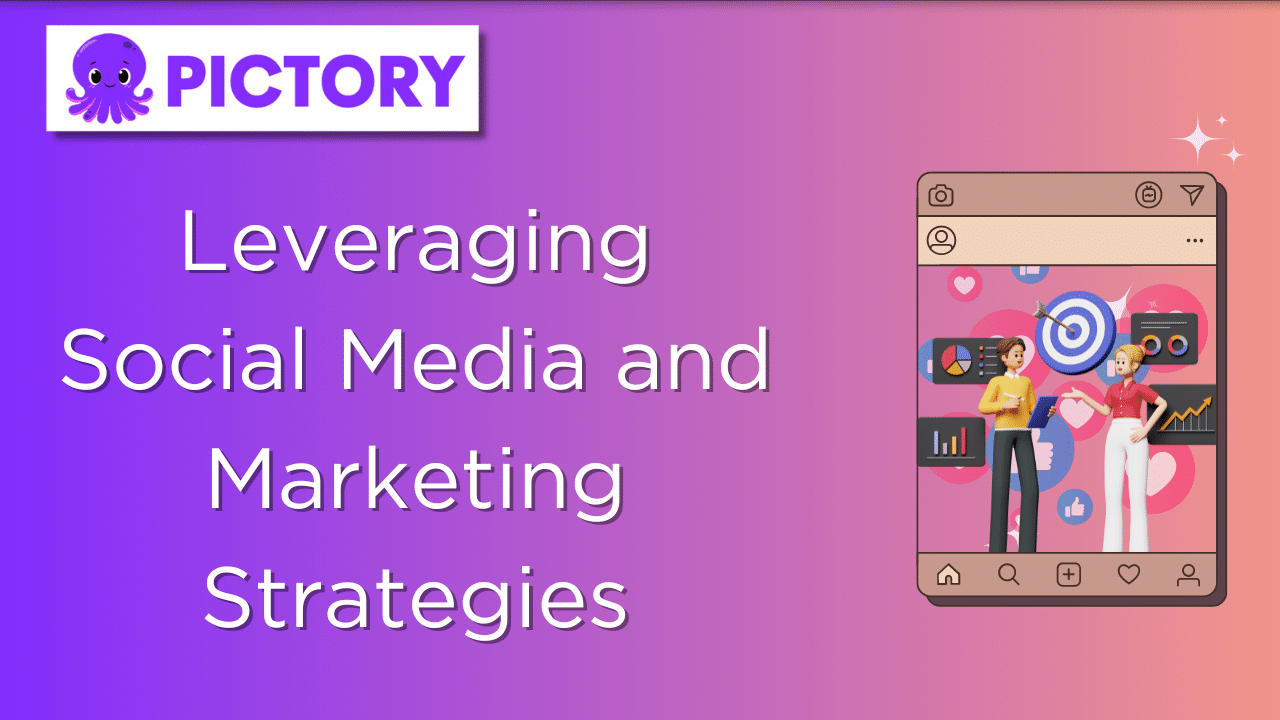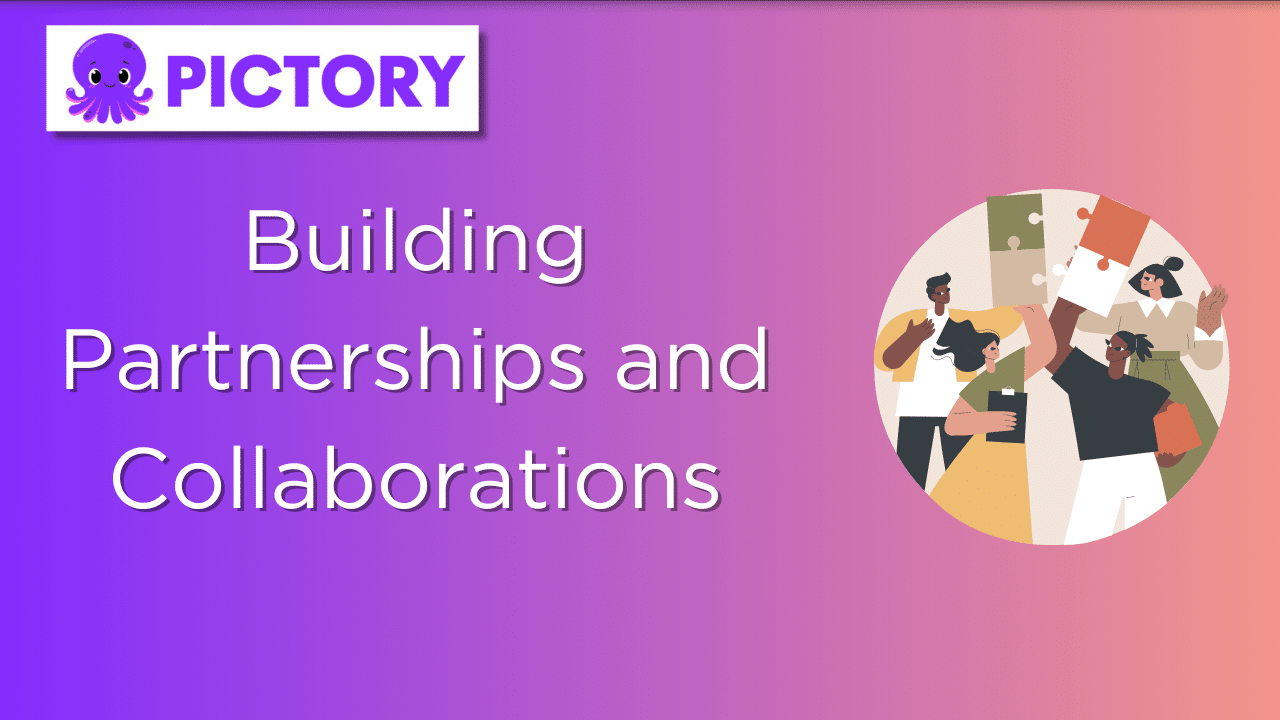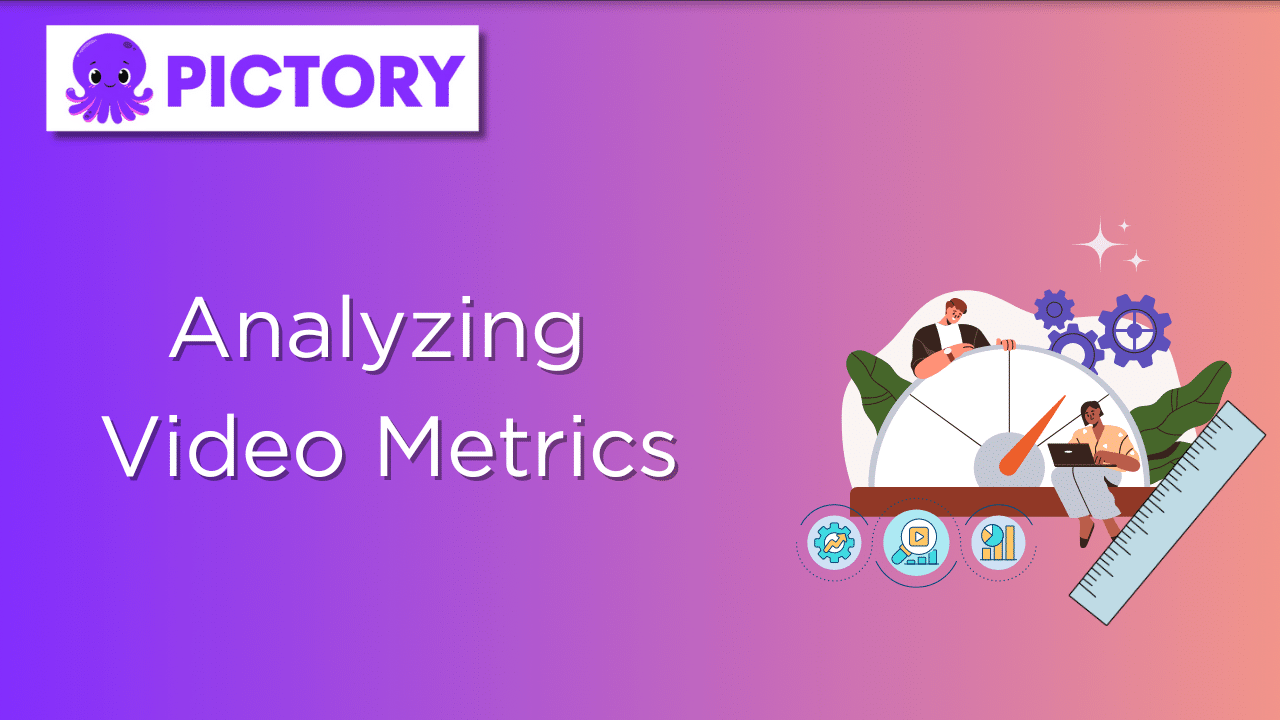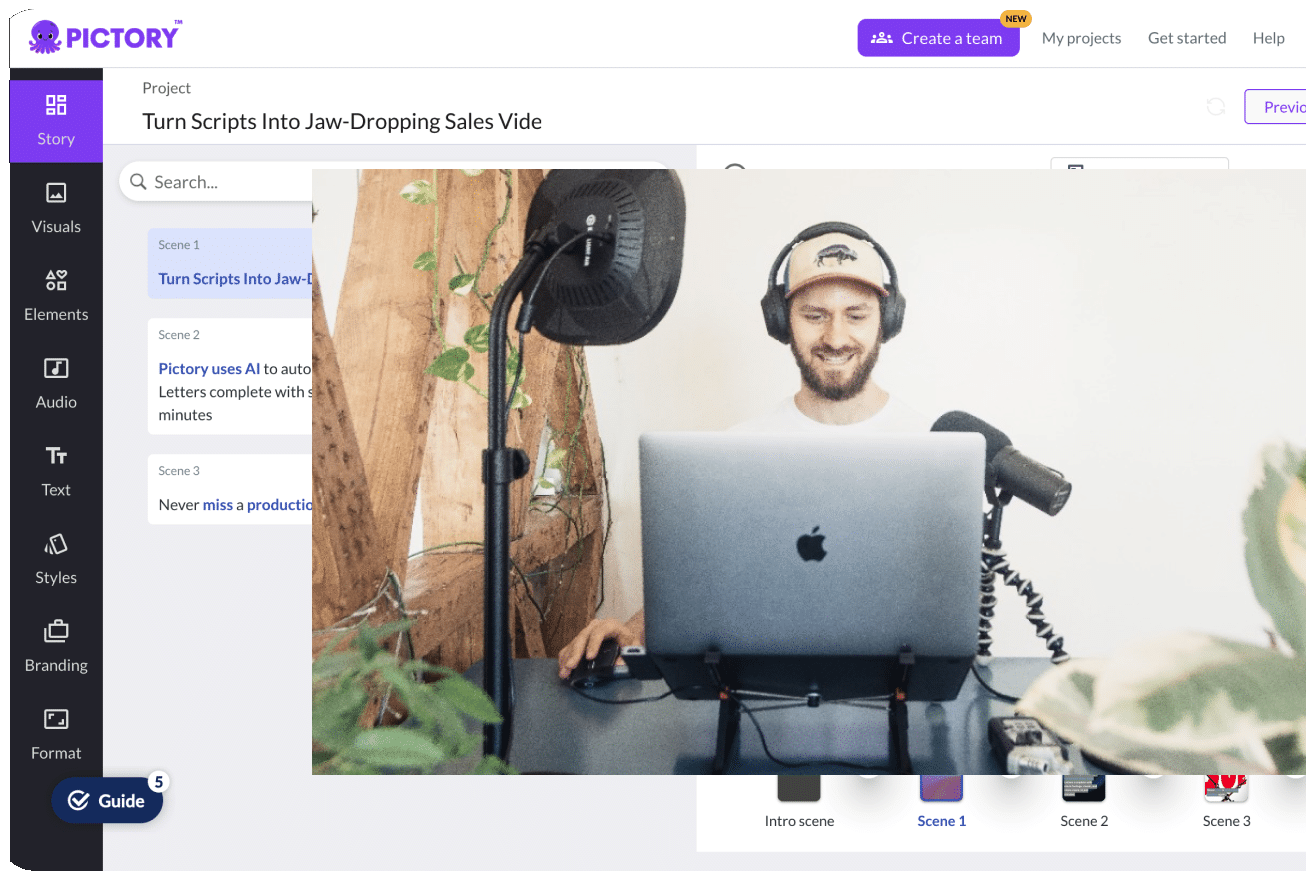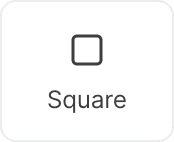Are you a content creator looking to monetize your videos?
With the right strategy and platform, you can turn your passion for creating video content into a lucrative revenue stream.
In this comprehensive 2023 guide on how to monetize video content, we’ll dive into various video monetization models, platforms, and strategies to maximize your earnings and reach a wider audience.
Ready to unlock your video content’s profit potential? Let’s get started.
Short Summary
-
Understand different video monetization models and select the right platform for your needs.
-
Create high-quality, engaging content & leverage social media to increase reach & revenue potential.
-
Monitor performance, diversify strategies, build partnerships & optimize the user experience to maximize success.
Understanding Video Monetization Models
Video monetization is an excellent way for content creators to monetize video content, generate revenue, expand their reach, and establish a strong brand identity.
By utilizing different video monetization models, such as Advertising-Based Video On Demand (AVOD), Subscription-Based Video On Demand (SVOD), and Transactional Video On Demand (TVOD), you can effectively profit from your video content on various platforms.
Exploring various video monetization options will help you find the best fit for your content and audience.
One popular example of monetizing videos is the YouTube Partner Program (YPP), which allows creators to earn money from their YouTube channels through YouTube monetization.
To qualify for monetization, your YouTube channel must have at least 1,000 subscribers and 4,000 watch hours in the past 12 months, adhere to YouTube’s community guidelines and terms of service, and have an AdSense account to display YouTube ads.
With the right approach and engaging content, you can monetize YouTube videos and turn your YouTube channel into a viable and profitable venture.
Advertising-Based Video On Demand (AVOD)
The AVOD model allows creators to generate revenue through ads shown before and during videos. Income is based on the number of views the advertisement receives, measured in cost per thousand views (CPM).
A prime example of AVOD is YouTube’s ad revenue-sharing model.
This model enables content creators to share in the revenue generated from ads, fostering a steady income stream as their videos gain more views.
To maximize revenue potential, creators can partner with brands for sponsored content.
By strategically placing ads at the start, middle, or end of videos, and personalizing video ads to cater to viewers’ interests and needs, you can drive up viewership, engagement, and revenue.
The key to success with AVOD is creating high-quality, engaging content that resonates with your audience and attracts advertisers.
Subscription-Based Video On Demand (SVOD)
With the SVOD model, users pay a recurring fee to access premium content, and creators are paid based on the number of subscribers or views.
This model provides creators with a predictable and consistent stream of income, as long as they maintain high-quality content that keeps subscribers engaged.
Popular platforms like Netflix and Dinsey+ Hotstar utilize the SVOD model, offering exclusive content to users who subscribe to their services.
To succeed with SVOD, it’s crucial to create compelling, exclusive content that keeps viewers coming back for more.
By offering a mix of free and premium content, you can cater to a wider audience and encourage casual viewers to upgrade to a paid subscription for access to your exclusive content.
Transactional Video On Demand (TVOD)
The TVOD model allows creators to charge viewers for individual pieces of content, and the platform shares a percentage of the revenue generated with the creator.
This model is particularly appealing to creators who produce high-quality, premium content that viewers are willing to pay for on a per-view basis.
By offering a mix of free and premium content, you can cater to various viewer preferences and maximize your earnings.
To ensure success with TVOD, it’s essential to create compelling, exclusive content that keeps viewers coming back for more and justifies the cost of each individual piece of content.
Choosing the Right Video Monetization Platform
Selecting the best video monetization platform for your needs is crucial to your success.
Factors such as pricing, features, and monetization options should be taken into account when making your decision.
By choosing a great video monetization platform that aligns with your content strategy and target audience, you can maximize your revenue potential and reach a wider audience.
It’s also important to consider the platform’s payout structure, audience reach, and revenue-sharing structures.
By evaluating these factors, you can ensure that the platform you choose will provide the best opportunity to monetize your video content and achieve your desired goals.
Factors to Consider
When choosing a video monetization platform, it’s essential to consider key factors that will impact your success.
Pricing refers to the cost of using the platform, while the payout is the amount of money the platform pays out to its users.
Audience reach is another crucial factor, as it determines the number of people who can view the platform’s content.
Additionally, revenue-sharing structures play a significant role in your overall earnings, as they determine how the platform splits its revenue with its users.
By considering these factors, you can make an informed decision and select the best video monetization platform for your needs.
Top Video Monetization Platforms in 2023
In 2023, some of the best video monetization platforms include Twitch, YouTube Studio, Thinkific, Brightcove, VlogBox, and Cincopa.
Each platform offers unique features, pricing, and benefits that cater to different content creators and monetization goals.
By comparing these platforms and considering factors such as pricing, features, and monetization options, you can select the best video monetization platform for your content strategy, audience, and revenue objectives.
Through careful research and selection, you can find the ideal platform to help you maximize your video monetization success.
Creating High-Quality and Engaging Video Content
Producing high-quality videos that resonate with your target audience is essential for driving engagement and maximizing your monetization potential.
Investing in the right video gear, such as cameras, microphones, and lighting equipment, can significantly impact the quality of your content.
Moreover, ensuring your video content is clear and concise can help create a more impactful viewing experience.
By focusing on crafting top-notch video content that connects with your audience, you can boost engagement and increase your chances of monetization success.
Tips for Creating Compelling Videos
To create captivating video content that keeps viewers coming back for more, consider implementing practical tips and techniques, such as crafting attention-grabbing headlines and hooks, using high-quality images, graphics, and animations for strong visuals, and telling a captivating story that engages viewers.
Additionally, research your target audience’s interests, needs, and preferences to ensure your video content resonates with them.
By employing these tips and techniques, you can create compelling videos that not only entertain and inform viewers but also maximize your monetization potential.
Leveraging Social Media and Marketing Strategies
Promoting your video content through social media and marketing strategies can significantly increase your reach and revenue potential.
Consider exploring monetization options such as affiliate marketing, product placement, brand partnerships, influencer marketing, and selling products or services.
By leveraging social media and other marketing channels, you can effectively promote your content and draw in new viewers.
This, in turn, can lead to increased engagement, a larger audience, and ultimately, higher revenue from your video content.
Diversifying Monetization Strategies
Implementing multiple monetization strategies, such as AVOD, SVOD, and TVOD, can help you maximize your revenue potential and unlock new opportunities.
Diversifying your monetization strategies can also reduce your reliance on a single revenue source, create a financial safety net, and provide flexibility in case of changes in algorithms or monetization strategies.
To successfully diversify your monetization strategies, consider your target audience, the type of content you create, and the platform you use.
Continuously monitor and optimize video performance, analyze video metrics, and experiment with A/B testing to ensure maximum success.
Implementing Multiple Monetization Models
Combining different monetization models, such as hybrid OTT channels, allows you to cater to various viewer preferences and increase earnings.
A customized hybrid OTT channel provides a unique and personalized viewing experience, offering a mix of free and paid content that attracts a wider audience and encourages casual viewers to upgrade to a paid subscription for access to exclusive content.
By implementing multiple monetization models and offering a mix of free and premium content, you can appeal to a wider audience and maximize your revenue potential.
This approach also allows you to adapt to changing viewer preferences and stay ahead in the competitive video content landscape.
Building Partnerships and Collaborations
Forming partnerships and collaborations with brands, influencers, and other creators can significantly expand your reach and monetization opportunities.
By identifying potential partners who have a matching target audience and complementary content, you can create lucrative partnerships and collaborations that benefit both parties.
By working together with other video providers and affiliate partners, you can not only expand the reach of your video content but also bring in new revenue streams.
This collaborative approach can be a powerful way to boost your video monetization success and grow your audience.
Monitoring and Optimizing Video Performance
Tracking and analyzing video performance metrics is essential to optimize your content and monetization strategies.
By using relevant keywords, customizing video files for the platform, compressing videos, and analyzing metrics, you can track performance accurately and make informed decisions for your content strategy.
By monitoring and optimizing video performance, you can ensure that your content is engaging, high-quality, and reaches the right audience.
This, in turn, can lead to increased engagement, a larger audience, and higher revenue from your video content.
Analyzing Video Metrics
Understanding the key video metrics to monitor and analyze, such as views, watch time, and engagement, is crucial for making data-driven decisions for your content and monetization strategies.
By tracking KPIs such as views, engagement, play rate, watch time, social shares, clicks, and conversions, you can gain valuable insights into how your videos are performing and identify areas for improvement.
By analyzing these essential video metrics, you can optimize your content and marketing strategies to maximize engagement and revenue.
This data-driven approach allows you to make informed decisions and refine your content for maximum success.
A/B Testing and Experimentation
A/B testing and experimentation is an effective way to identify which product, feature, or page performs best for users, helping you optimize user experience, marketing strategies, and monetization efforts.
To conduct successful A/B testing and experimentation for video monetization, it’s essential to uncover the element to set as the variable, form a hypothesis, test only one variable for more accurate results, target an ideal audience for the test, and set an ideal time frame.
By leveraging good data, targeting the right audience, creating unique test variants, and understanding the statistical significance, you can conduct effective A/B testing and experimentation that leads to more engaging content, better marketing strategies, and optimized monetization efforts.
Summary
In conclusion, monetizing your video content can be a highly rewarding endeavor when approached with the right strategy, platform, and content.
By exploring various monetization models, leveraging social media and marketing strategies, building partnerships, and continuously monitoring and optimizing your video performance, you can maximize your revenue potential and reach a wider audience.
With persistence, creativity, and data-driven decision-making, the possibilities for video monetization success are limitless.
Frequently Asked Questions
What are the rules for YouTube monetization in 2023?
Starting June 14th, 2023, YouTube has revised its monetization policy, allowing creators with 500 subscribers or more to apply for monetization if they have uploaded three public videos in the last 90 days and gained at least 3,000 watch hours or 3 million short views.
This new policy is designed to make it easier for smaller creators to monetize their content and make a living from their work.
It also provides more transparency and control over the monetization process. Creators will be able to track their progress and see how their videos are performing.
They will also be able to adjust their monetization settings to ensure they are getting the best results.
Is YouTube still profitable in 2023?
YouTube is likely to remain profitable in 2023 given the average salary YouTubers make per year, which ZipRecruiter estimates at $60,000.
While this figure may not be as high as blogging’s average of $45,000, the combination of a large user base and an established influencer industry makes YouTube the more lucrative option in the short term.
Will YouTube monetize Shorts in 2023?
Yes, YouTube will monetize Shorts in 2023.
Starting on February 1, 2023, creators in the YouTube Partner Program are able to share in advertising revenue with Shorts.
This means that monetizing creators are now able to make money from ads viewed between videos in the Shorts Feed.
How do I monetize my video content?
Monetizing video content is a great way to make money on YouTube. You can do this by meeting all the requirements and joining the YouTube Partner Program (YPP).
Additionally, you can leverage advertising-based, subscription-based, transactional, affiliate marketing, sponsored ads, and existing content monetization options, and get your content in front of more eyes. With these strategies, you can start earning from your videos today!
How do I get monetized on YouTube?
To get monetized on YouTube, you must meet the YouTube Partner Program requirements and agree to their terms.
This includes having a minimum of 1,000 subscribers and 4,000 watch hours over the last 12 months.
Once you qualify, you can apply to monetize your videos and start earning money from YouTube advertisements.
If you found this article helpful, check out our Comprehensive Guide on How to Become a Youtuber in 2023 to kickstart your business’ career on the platform.
And then get a FREE Pictory account and start making your own video content in minutes!

